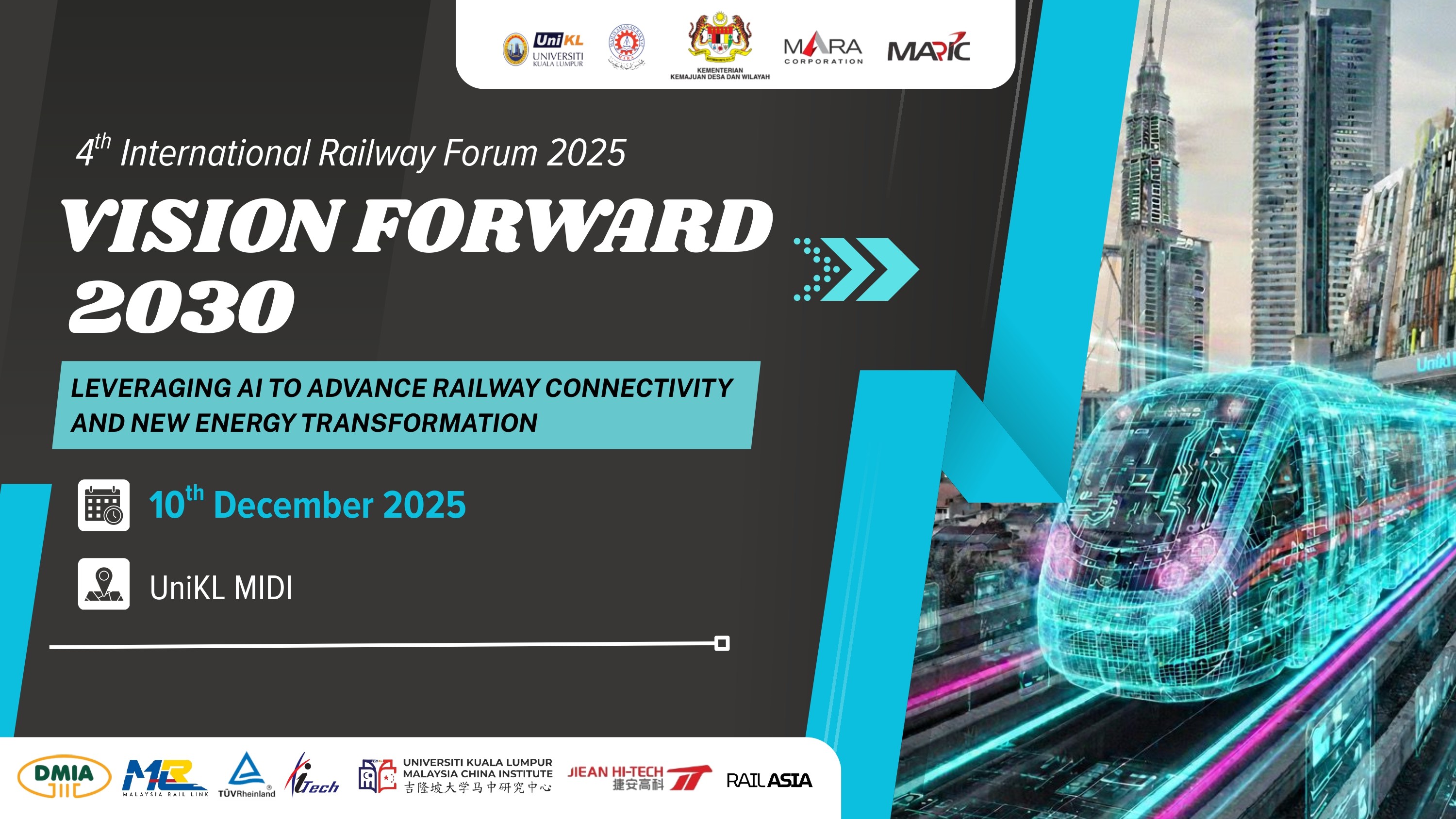Aug 2, 2025
Chennai Metro Explores Development of Three RRTS Corridors to Enhance Connectivity in Tamil Nadu
Chennai Metro Rail Limited (CMRL) is considering the development of three Regional Rapid Transit System (RRTS) corridors to improve connectivity throughout Tamil Nadu. The proposed RRTS is planned as a semi-high-speed rail system, operating between 160 kmph and 200 kmph, designed to facilitate large passenger volumes between cities with travel times of 30–60 minutes, significantly faster than road travel.

CMRL has initiated feasibility studies to define RRTS networks connecting Chennai and Coimbatore with neighbouring regional centres. M/s Balaji Railroad Systems Private Limited has been appointed as the consultant for these studies. The feasibility studies will assess various route options for each planned RRTS line, including station locations and interchange points with other modes of transportation. The studies will also determine whether tracks should be on the ground, elevated, or underground, in addition to assessing land requirements, environmental concerns, and overall project costs.
The feasibility study will be conducted for the following three corridors:
* 170-km Chennai – Chengalpattu – Tindivanam – Villupuram
* 140-km Chennai – Kanchipuram – Vellore
* 185-km Coimbatore – Tiruppur – Erode – Salem
The development of these RRTS lines aims to decongest Chennai and Coimbatore by providing faster access to the city centres from suburban areas. CMRL reported that in July 2025, the metro system recorded over one crore passengers for the first time, with a total of 10,378,835 passengers travelling by metro trains between 1st July 1 and 31st July. The highest passenger flow per day was recorded on 4th July 2025, with 374,948 passengers.

The implementation of the RRTS project is expected to significantly impact regional connectivity and economic growth in Tamil Nadu. The project aligns with ongoing efforts to modernise and expand rail infrastructure across Asia, including high-speed rail projects in Thailand and other countries. These initiatives aim to enhance transportation efficiency, reduce travel times, and promote sustainable development by encouraging the use of public transportation.
Related Post
Latest Post
Subscribe Us
Get Subscribe To Our Latest News & Update









